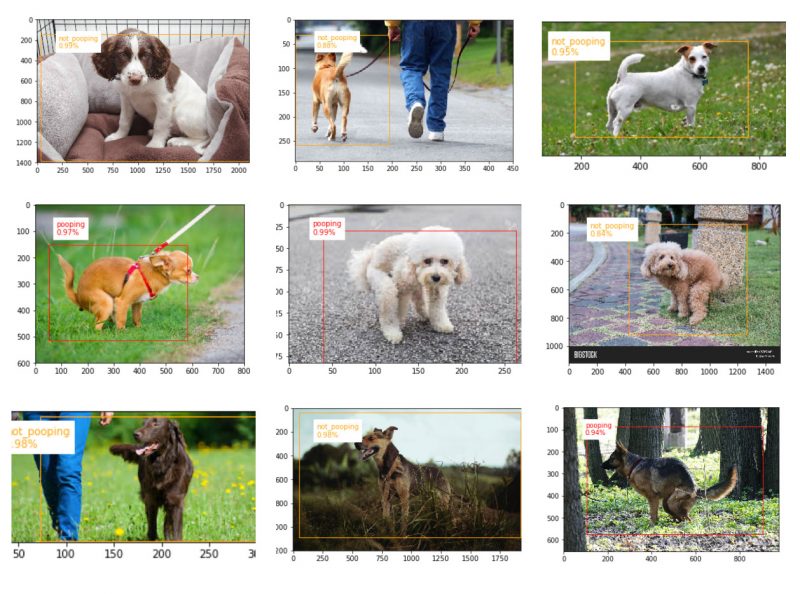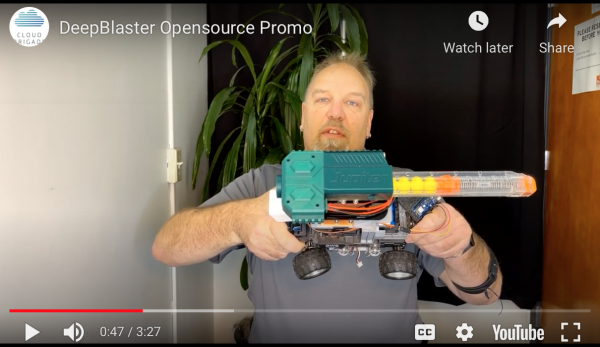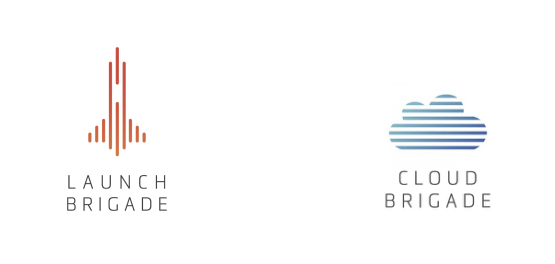Companies
Correcting Bad Behavior with AI

By Chris Miller
Cloud Brigade Founder
July 22, 2020 — Santa Cruz, CA
(Image credit: Cloud Brigade)
Cloud Brigade Founder finds a creative solution to detect and correct undesirable behavior
What do strange dogs pooping in your yard and the way some people are responding to Covid-19 have in common? Both are undesirable behaviors that can be hard to detect and correct – until now. Applying the phrase, “with conflict comes creativity,” we got creative and designed and deployed an efficient and powerful ML/AI solution for detecting and correcting problems like these.
One night I had walked down the hill in the dark to fetch our garbage cans. About 30 minutes later I began getting that familiar whiff. You’ve been there, right? I had stepped in dog poop. Coincidentally, we had recently acquired a pair of AWS DeepLens cameras, essentially a development kit to explore machine learning through computer vision. Now I had the conflict, and the resources to get creative.
Introduction
Inspired by my recent Faux-paw, I set about to solve this problem with technology. You can imagine the look on my engineer’s face when I told him he was going to spend the next day training a computer model based on images of pooping dogs. As it turns out, you can find just about anything in Google Image Search, and this was no exception.
As I began to talk openly about our project in the business community (and received a variety of questioning glances), my friend Doug Erickson became animated and proclaimed : “I totally need that!”, referring to a rivalry with one of his neighbors. With product market fit established, The Poopinator™ was born.
Detecting bad behavior would not be enough, we would need a correction mechanism. After pondering several solutions, including an air powered truck horn, we decided to leverage a more humane technology that already existed in these problem locations – the sprinkler system.
Sagemaker
For the uninitiated, SageMaker is a collection of tools AWS provides to enable geeks like us to do geek stuff like training computer models. Those tools include :
- Labeling (Ground Truth)
- Notebooks (Jupyter)
- Training
- Inference
While this article is meant to appeal to both technical and non-technical folks, you can learn more about AWS SageMaker here, and feel free to skip to the following sections.
Ground Truth
The first step in building a computer vision model is “labeling” the images using AWS Ground Truth. That is to say you use sample images of objects in order to train the model what you want it to detect. In the case of our canine friends, we had a constraint of only detecting a dog when they were in the act. So we set out to procure images of dogs who were pooping (and not pooping), then draw “bounding boxes” around the dogs.
Once you painstakingly label the images (it’s not really that hard), Sagemaker produces a manifest file which you will feed into your “training” job. But in order to do this, you need to create a Jupyter Notebook, which is kinda like a page in a Wiki, but it allows you to add and execute computer code such as Python.
Continue reading here: https://www.cloudbrigade.com/correcting-bad-behavior-with-ai/
Tagged Cloud Brigade, machine learning








